The home-grown durian crop is about to hit the market this month, according to China Central Television, the state broadcaster.
Favored by many Chinese consumers, durian — characterized by its strong smell and popularly known as the "king of fruits" — was previously almost entirely imported from overseas.
However, starting this month, durian grown at the plantation base in Sanya, Hainan province, will enter the market. There are over 7,000 mu (467 hectares) of trees at the base, 1,400 of which are bearing fruit with an estimated total yield for this year of about 40 metric tons.
However, this is a small number compared with the 1 million tons consumed each year in China.
Although the province has a long history of growing durian, the fruit's survival rate used to be low. But in recent years, thanks to collaboration between Southeast Asian countries and domestic scientific institutes, the survival rate has climbed from 30 percent all the way to 90.
What's more, a special interplanting mode during the sapling period grouping the trees with banana and pineapple may help preserve soil moisture and boost growth. This has been adopted in Hainan, according to Li Xianghong, a researcher with the Sanya Institute of the Academy of Agricultural Sciences.
This development can also impact the sensory experience. While imported durian is usually picked before fully ripe so the fruits can last across long-distance transportation, home-grown durian is picked at just the right time, making it more fresh, Li said.













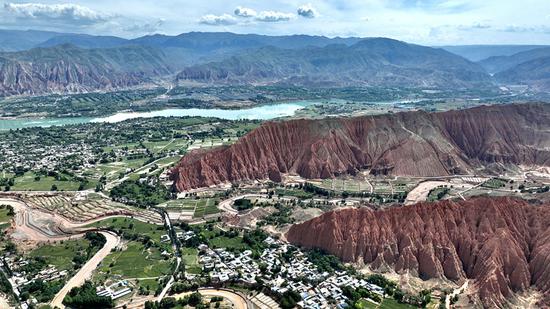





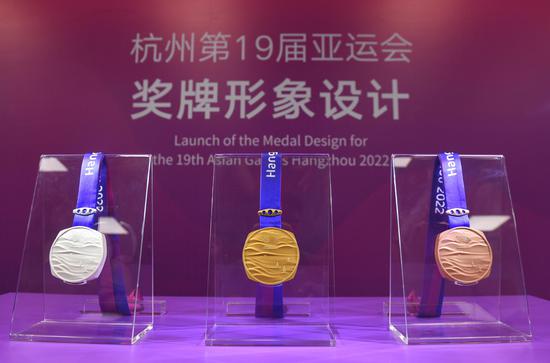




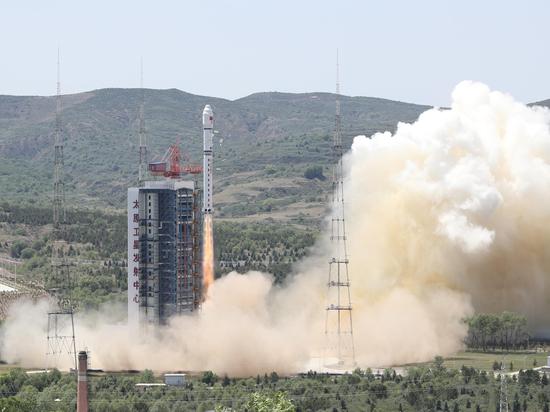

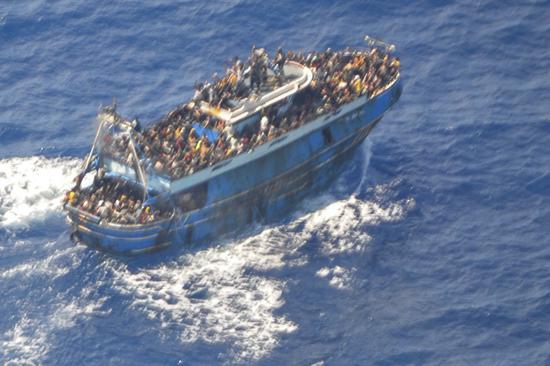






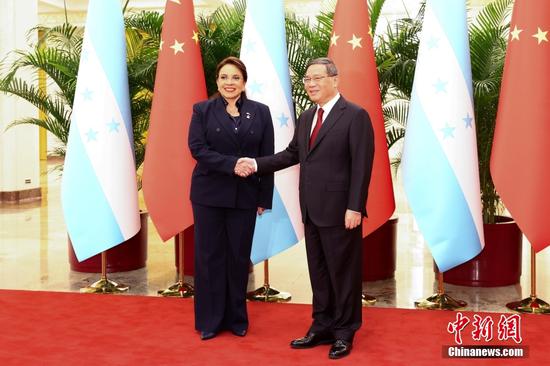





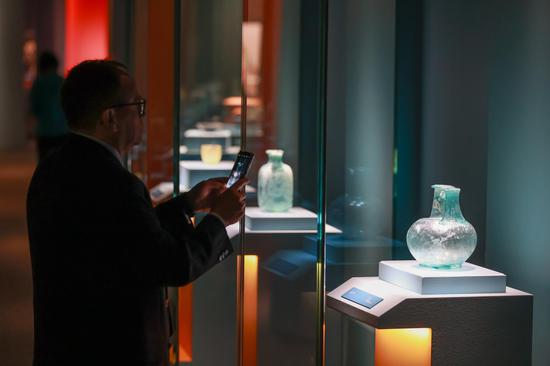




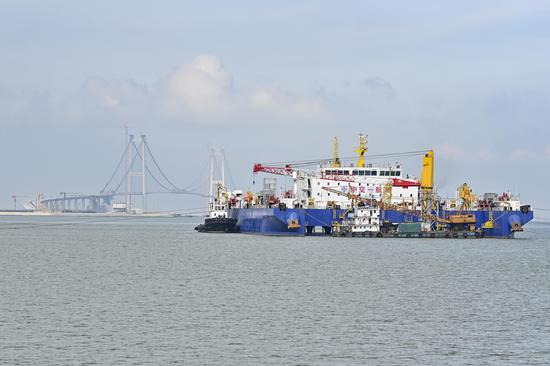





 京公网安备 11010202009201号
京公网安备 11010202009201号
